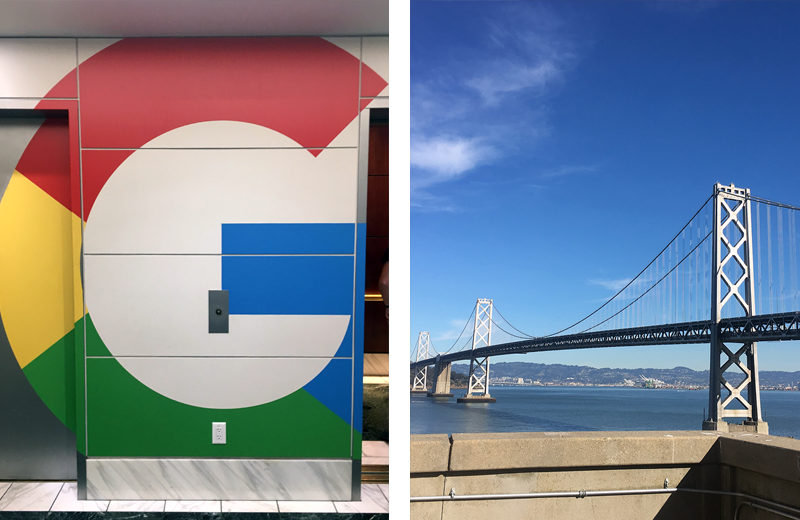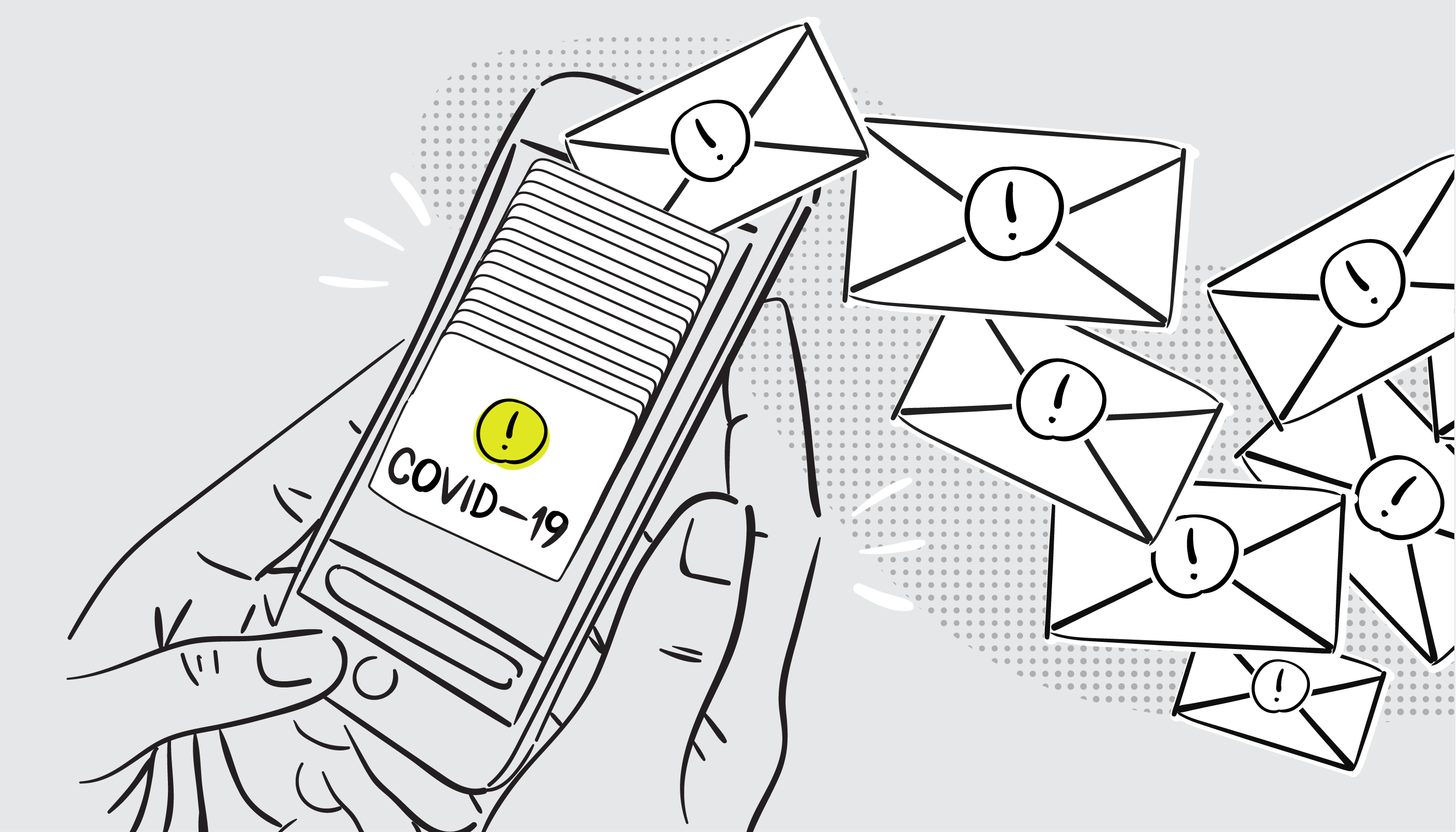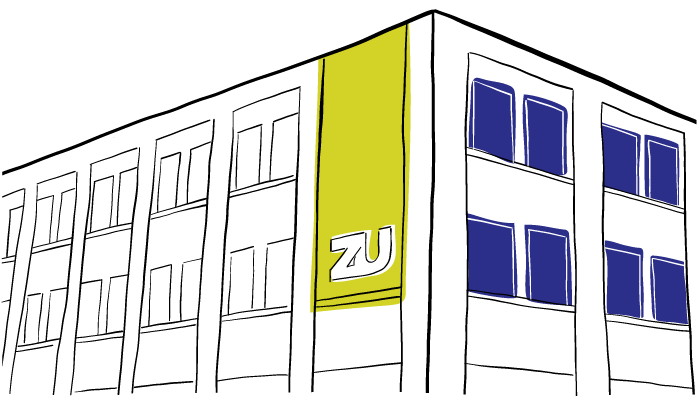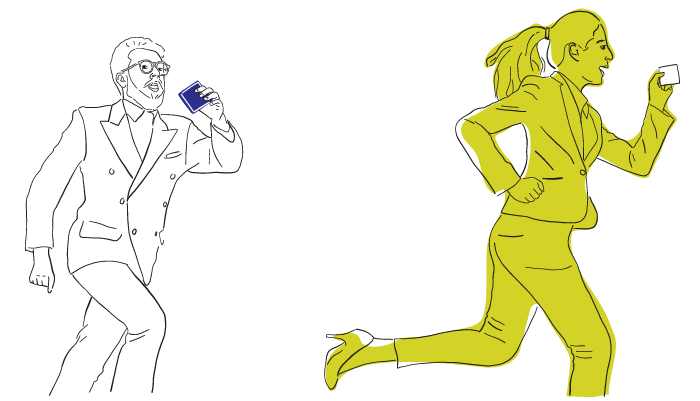
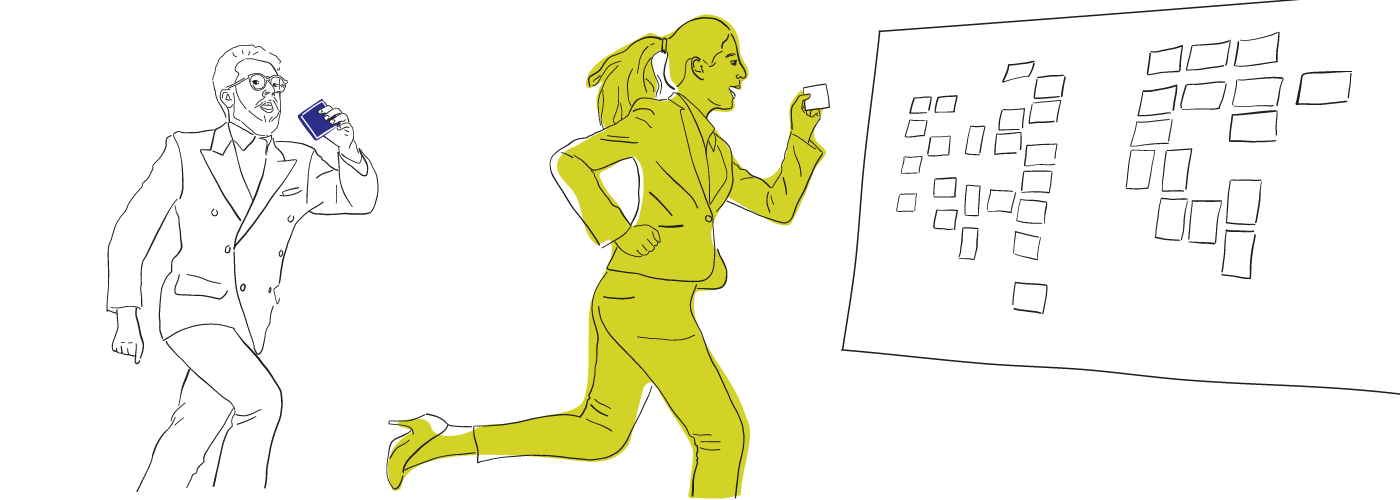
Google Sprint Conference 2017
Google Sprint Conference 2017
Read the articles inspired by the research, knowledge and experiences of our leading strategists, designers and developers.
Who says snowboarding doesn’t pay off? Back in February, some of the zu crew spent time on the slopes with Google team members at Epicurrence in Jackson Hole, WY. The connections we made there with like-minded design thinkers garnered us invitations to the first ever Google Design Sprint Conference (or “Unconference”) at their downtown San Francisco office a few weeks ago. We spent two days working alongside some of the most respected names in Design Thinking, from global consultancies such as IDEO.org, SapientRazorfish, and AJ&Smart, to brands like Airbnb, Uber, and of course, Google. We’re planning to explore and share our learnings in more detail in future blog posts, but here are our highlights from each session. Special shoutout to Google Sprint Master, Kai Haley, and her team for putting on such an inspiring event, and for managing to effortlessly facilitate a room full of facilitators.
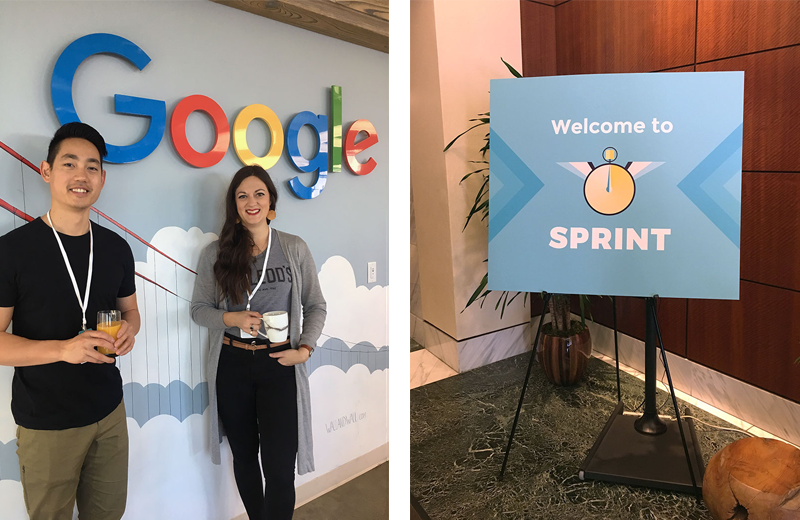
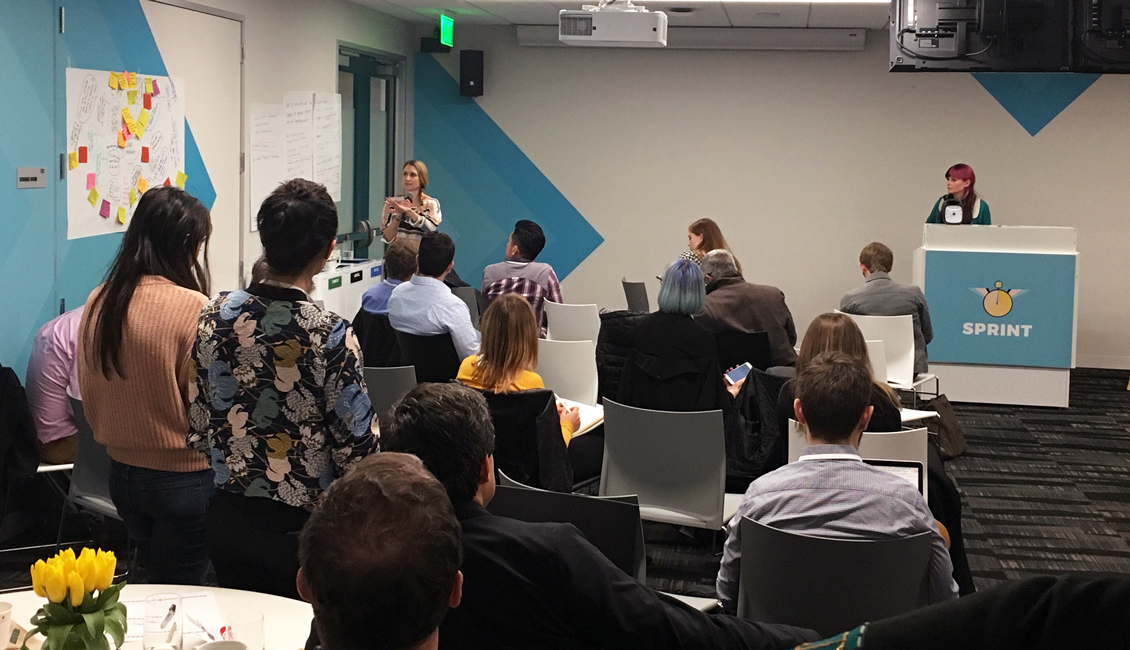
zu has been using the Google Design Sprint method with our clients for some time now, so it was a real privilege to get to hear from the guy who literally wrote the book on it. Jake Knapp’s opening keynote was energetic, entertaining, and educational. Sharing key concepts from the “perfect week,” and teasing us with promises of a new book coming soon, a highlight was the way he masterfully wove an analogy about high-fives through his presentation to remind us to not always look where we’d expect.
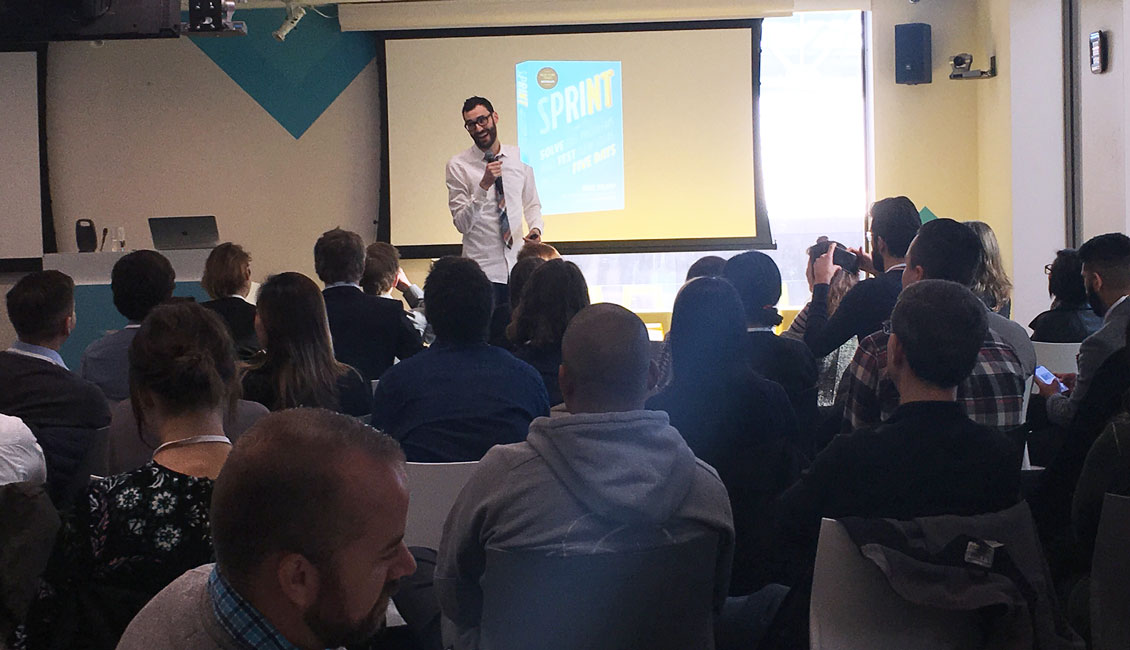
Richard Kelly of Fung Group took a beautifully pragmatic look at Design Thinking, asserting, “Nobody cares about design speak; they care about the output.” Years of experience working with companies like Levi’s and IDEO has taught him the best approach is to just get on with doing something, and have some structure and process around it.
Sarah Plantenberg shared IBM’s journey of turning themselves back into a design-led company. It’s taken a long transition to get employees to shift their focus from IT users to all users, but if a 106-year-old company can do it, any company can.
Erik Flowers has been taking Service Design to the next level since he pioneered the role at Intuit. Explaining that the crux of Service Design is typically a lack of systemic ownership of these large, long, end-to-end experiences, he leverages MURAL and the power of co-creation to get people excited about solving what often feels like a stale problem.
Panelists from Airbnb, Uber, and Google shared a wealth of knowledge on the topic of Spreading a Culture of Sprinting. Our key takeaways: better understand your users by getting out in the field, listening, and synthesizing (don’t just jump to conclusions); focus on the biggest problems first; do micro-sprints to get buy-in; sprints are not one size fits all (flexibility is key); and plan the “after sprint” before the sprint.
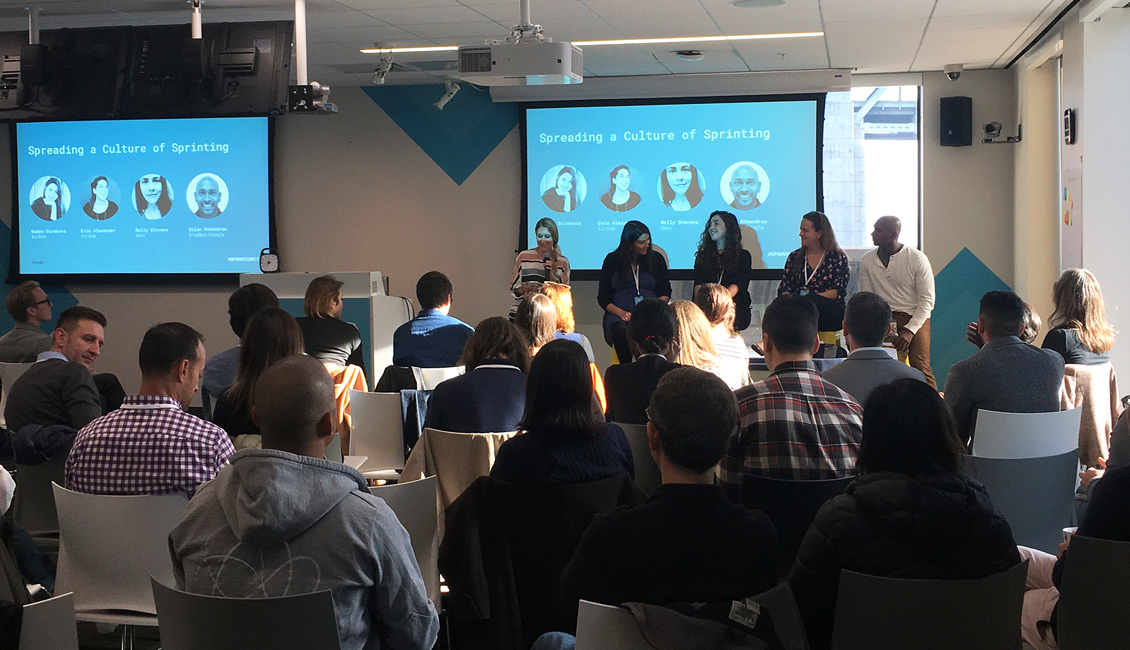
Albert was a speaker on the Civic and Social Impact panel, and we received great feedback on zu’s ability to do effective sprints in a locale that is relatively isolated compared to the mecca of Design Thinking we were visiting. Albert’s fellow panelists were best-in-class sprinters from Civic Design Lab, IDEO.org, and AJ&Smart, all of which are using Design Thinking to tackle pressing social issues.
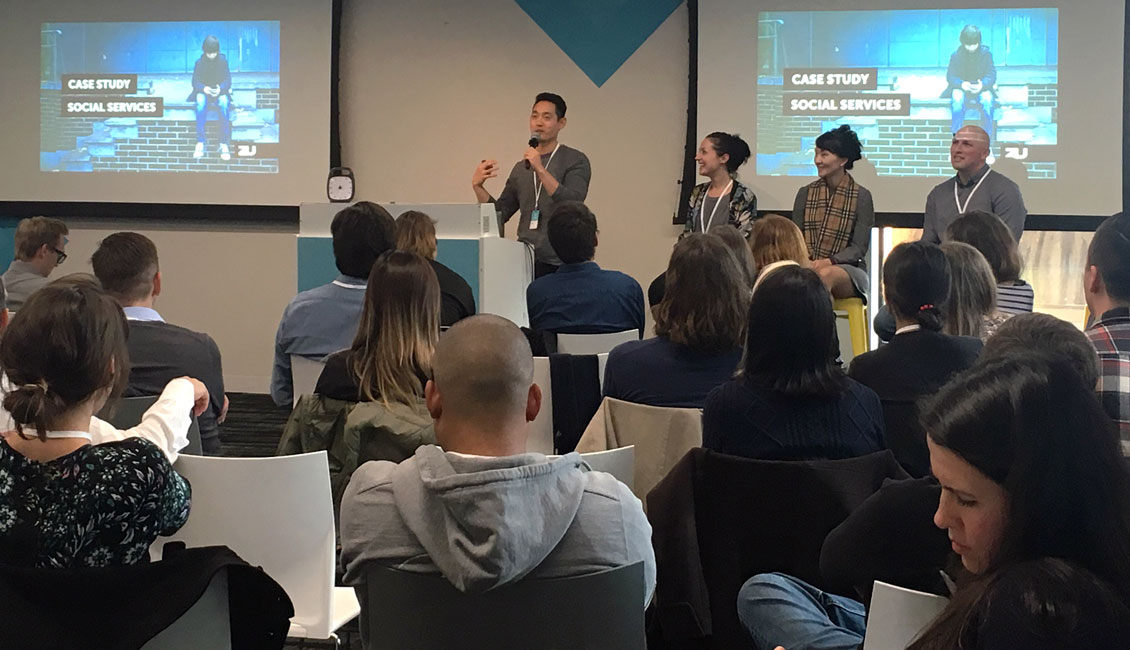
Twice on Day One, we broke out into Unconference Sessions where participants could “vote with our feet” by attending one or many discussion groups on a variety of topics. The “Sprint to Action” diagram shown here depicts discussion in progress about blockers and opportunities to keeping the momentum going after a sprint finishes.
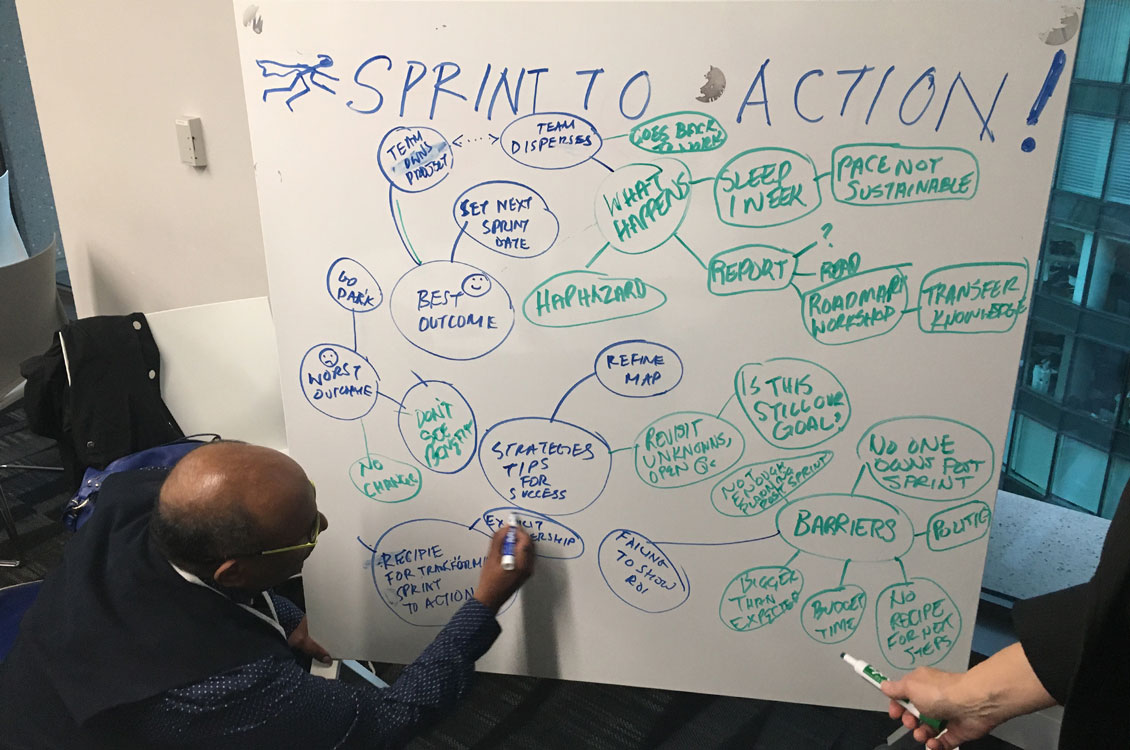
Google’s Sara Khoury shared insights gained from adapting Design Sprints for product visioning, spiking, and creating a native app MVP. Your shopping experience on Walmart.com might look a whole lot different if Sara hadn’t followed a hunch that they weren’t asking the right question at the start of a product vision sprint with the retail giant.
Jim “Ideas are Overrated” Kalbach of MURAL shared his passion for the power of mapping. According to Jim, it’s possible to learn whether something is going to work or not without writing one line of code. (We wholeheartedly agree.)
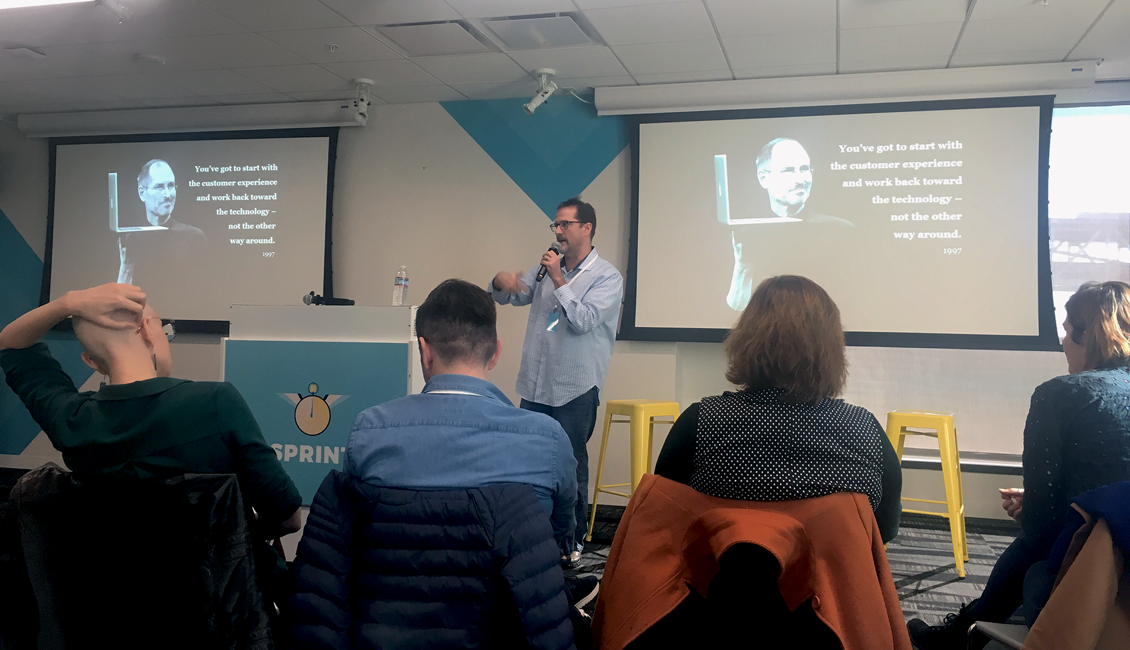
AJ&Smart facilitators Dee Scarano and Danny Holtschke ignited the room with their fast-paced Decision Model Workshop (aka Lightning Decision Jam). In one short hour, we had collectively come up with ten creative solutions to their “How Might We…?” challenge, complete with action steps to get them off the ground.
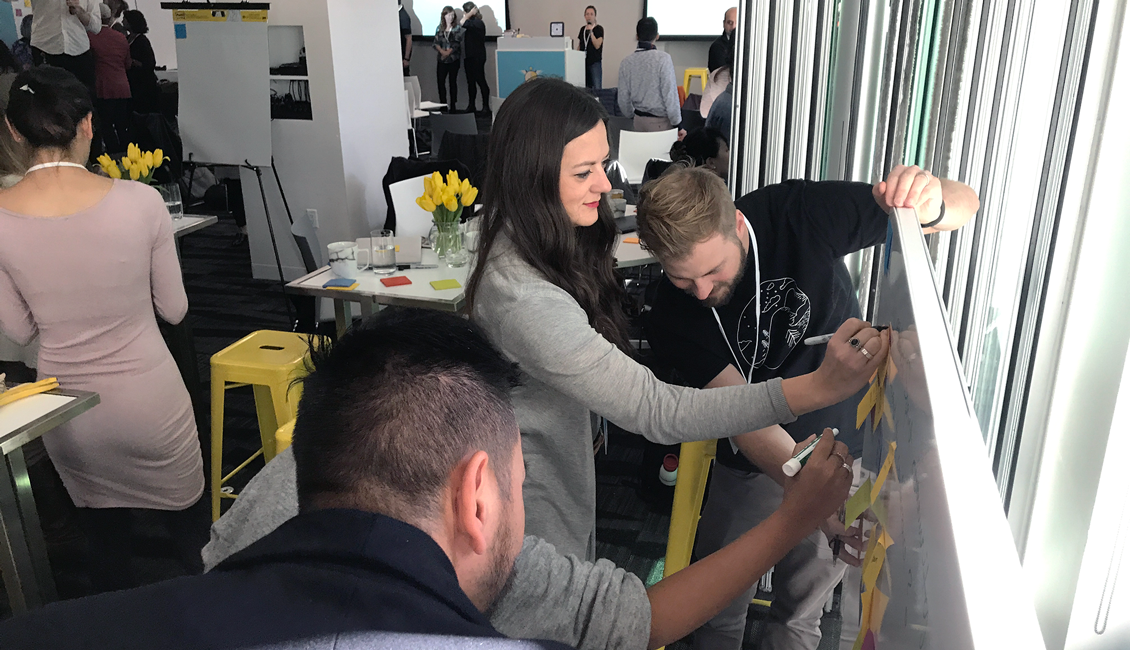
Karwai Ng and Will Anderson shared their innovative Iceberg Canvas, a model that encourages flipping ideas on their head to consider ramifications “beneath the surface” that are frequently overlooked. Developed from findings about both Eastern and Western approaches to problem solving, the Iceberg Canvas has made Design Thinking particularly accessible in Hong Kong.
Mike Edmonds of Moonshot by Pactera Digital emphasized his company’s focus on user empathy, describing how they strive for a Minimum Lovable Product in place of the traditionally-named Minimum Viable Product. Their approach to Design Sprints flexes based on their clients’ needs, but their devotion to their customers doesn’t waver.
The Design Sprints in the Agency Context discussion was a conference highlight, thanks largely to the fantastic personalities selected to be on the panel. We were fascinated to hear about the range of strategies, from companies whose work is 100% by-the-book Design Sprints, to those who use Design Sprints as just part of their approach.
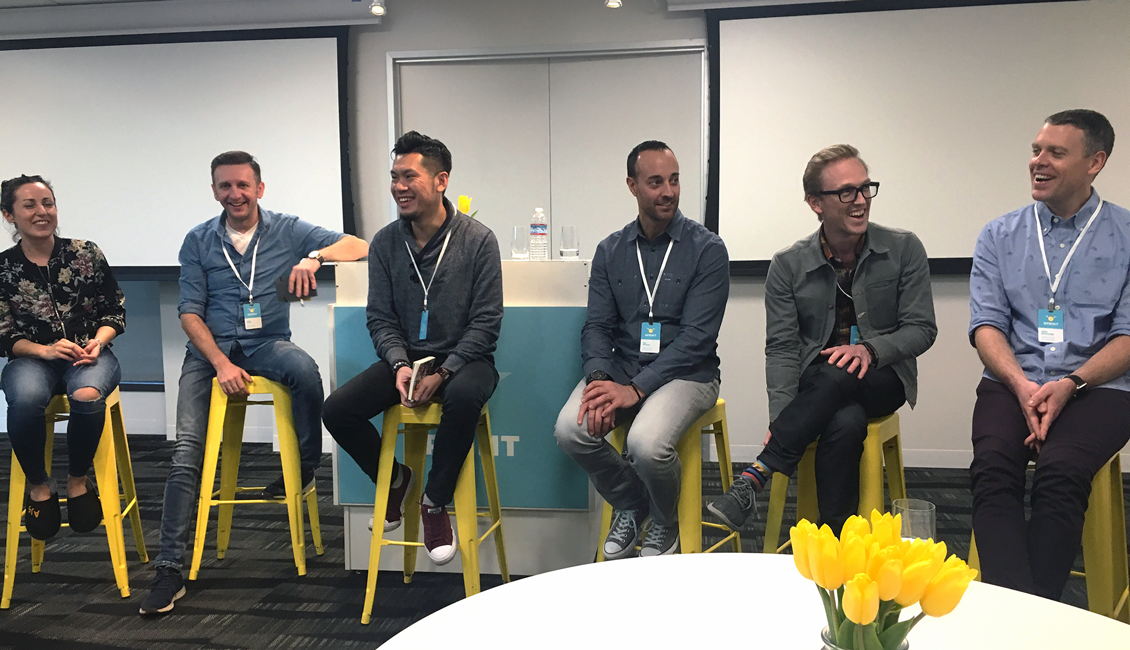
The LUMA Institute firmly believes that everyone is a problem solver, and they’ve whittled a long list of problem solving approaches down to just 36 methods that are their go-tos. LUMA’s Vidya Dinamani and Daniel Stillman toured us through a few of them in an interactive workshop to close the conference.
Inspiration was our caffeine for two days; our heads raced with new ideas as we listened to seasoned speakers. We left San Francisco overflowing with thoughts on how we can continue to evolve our Design Strategy practice at zu. The conference only confirmed we’re taking the right approach and that we’re just hitting our stride. Stay tuned for more.
